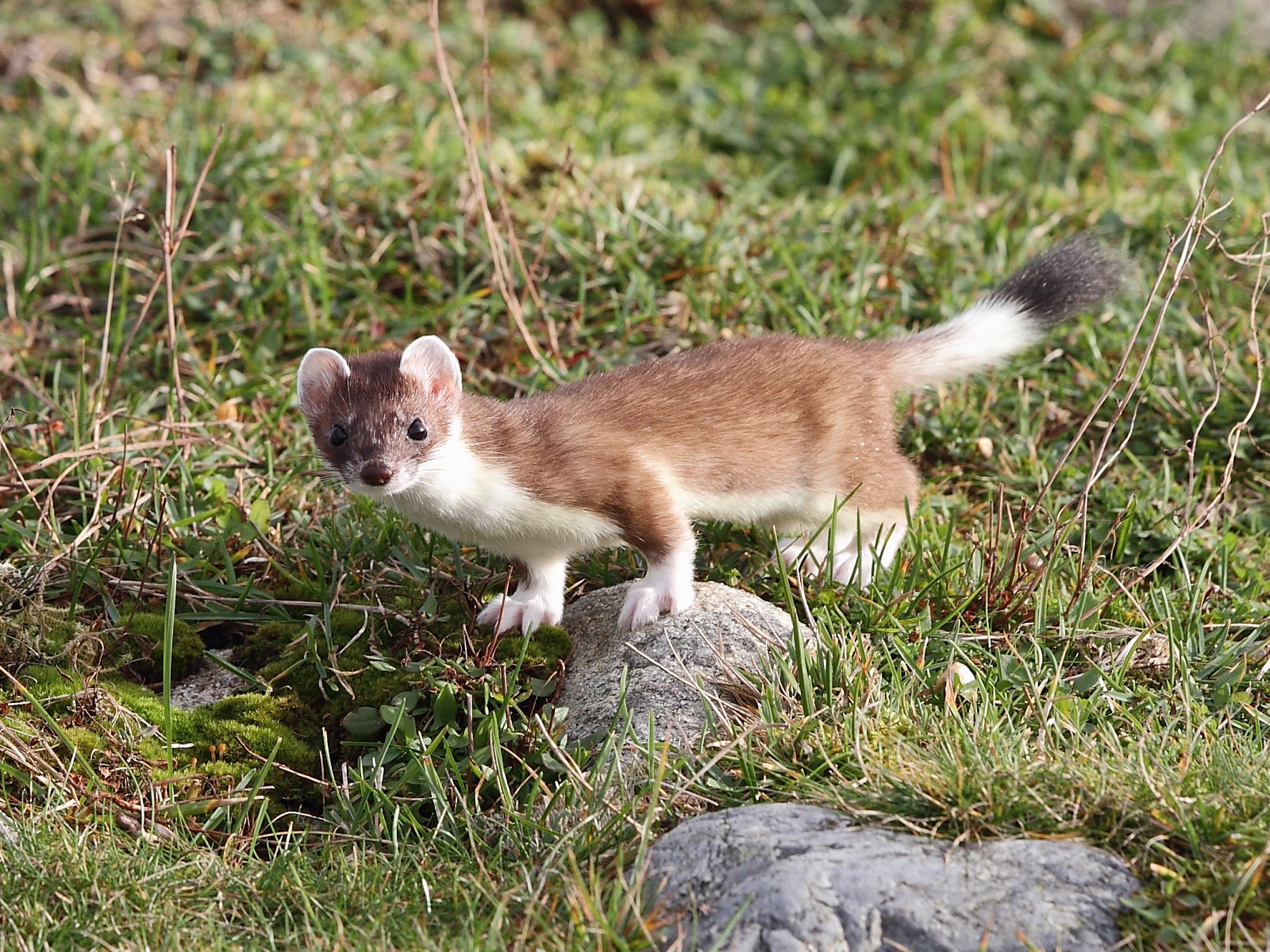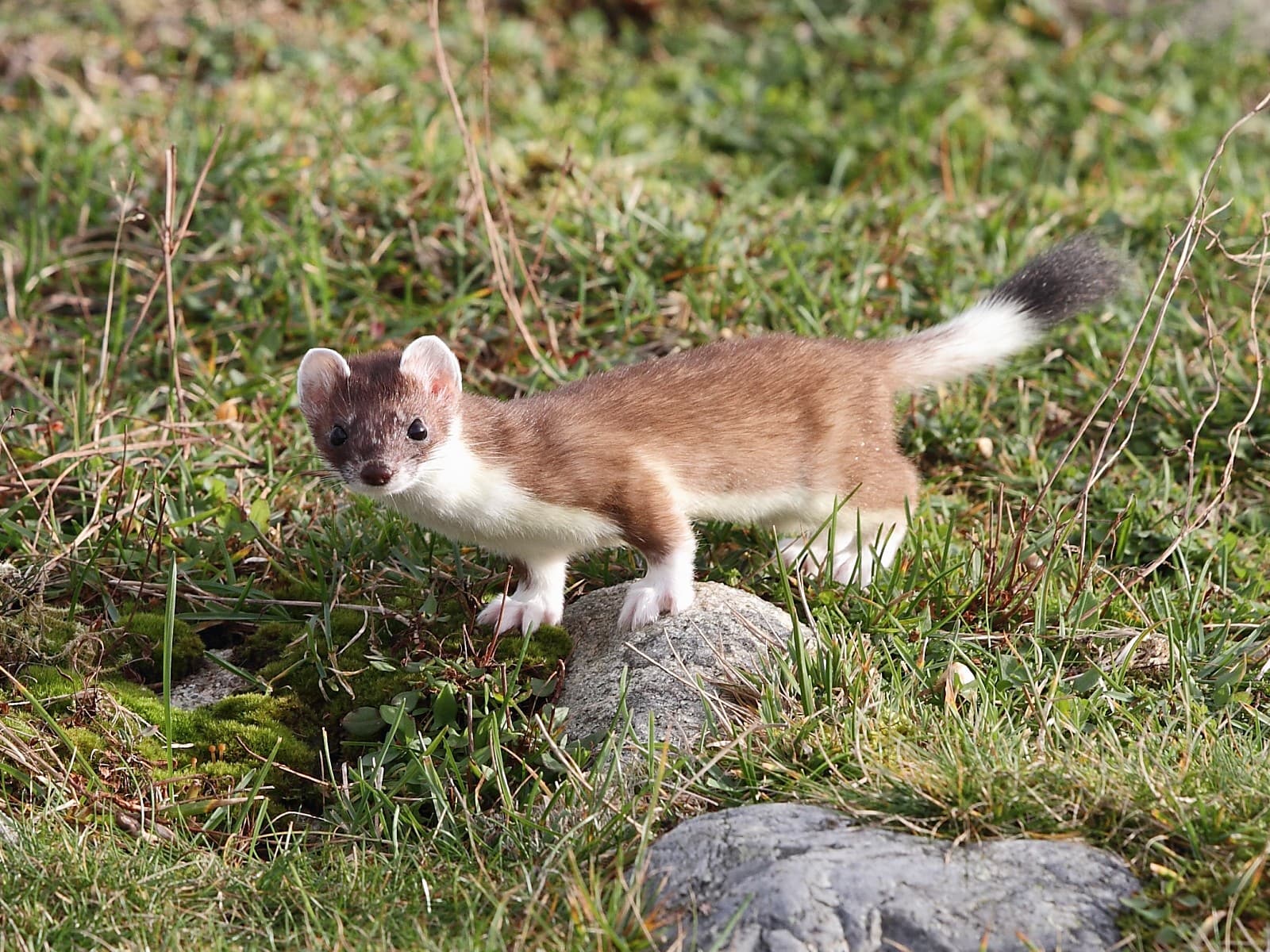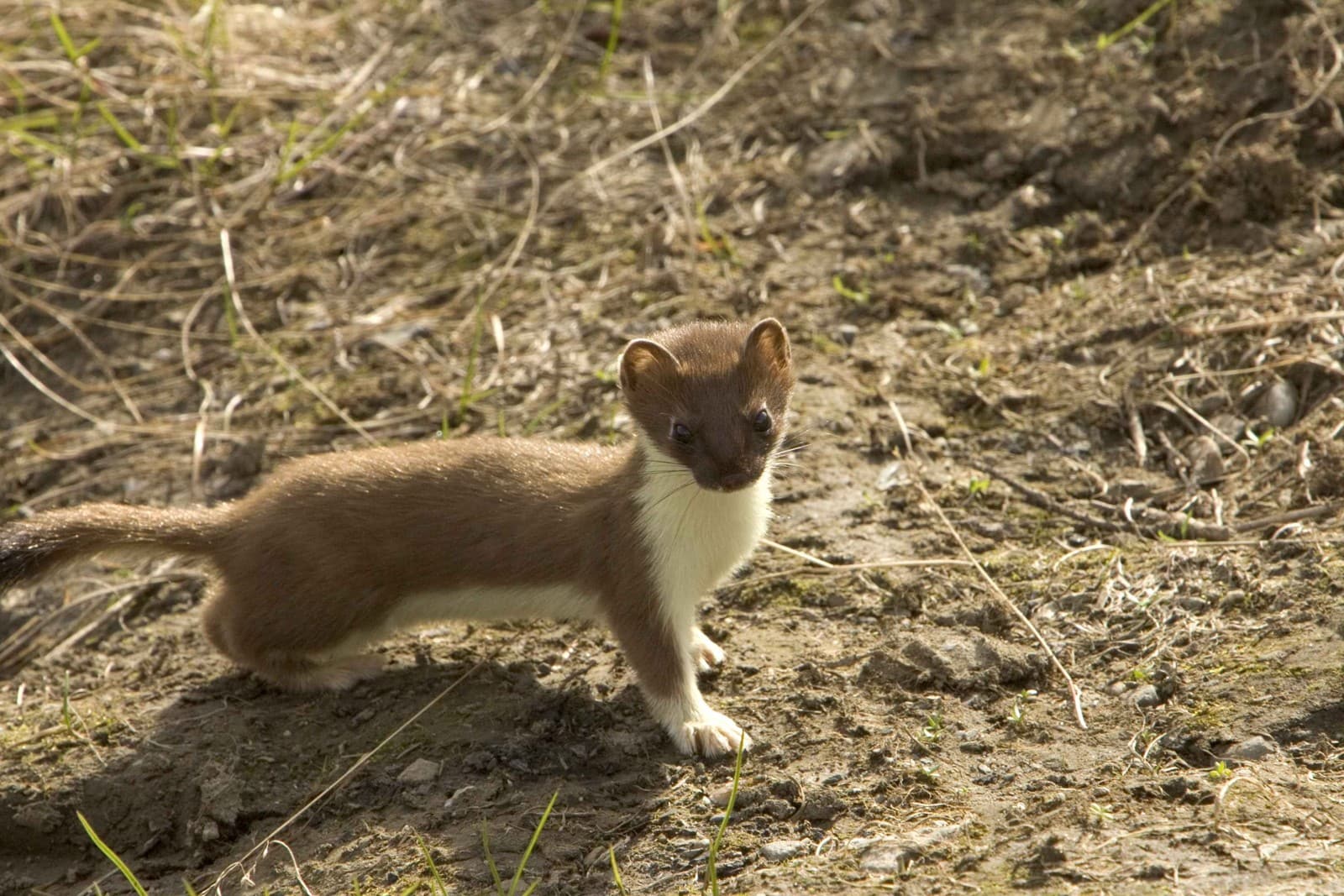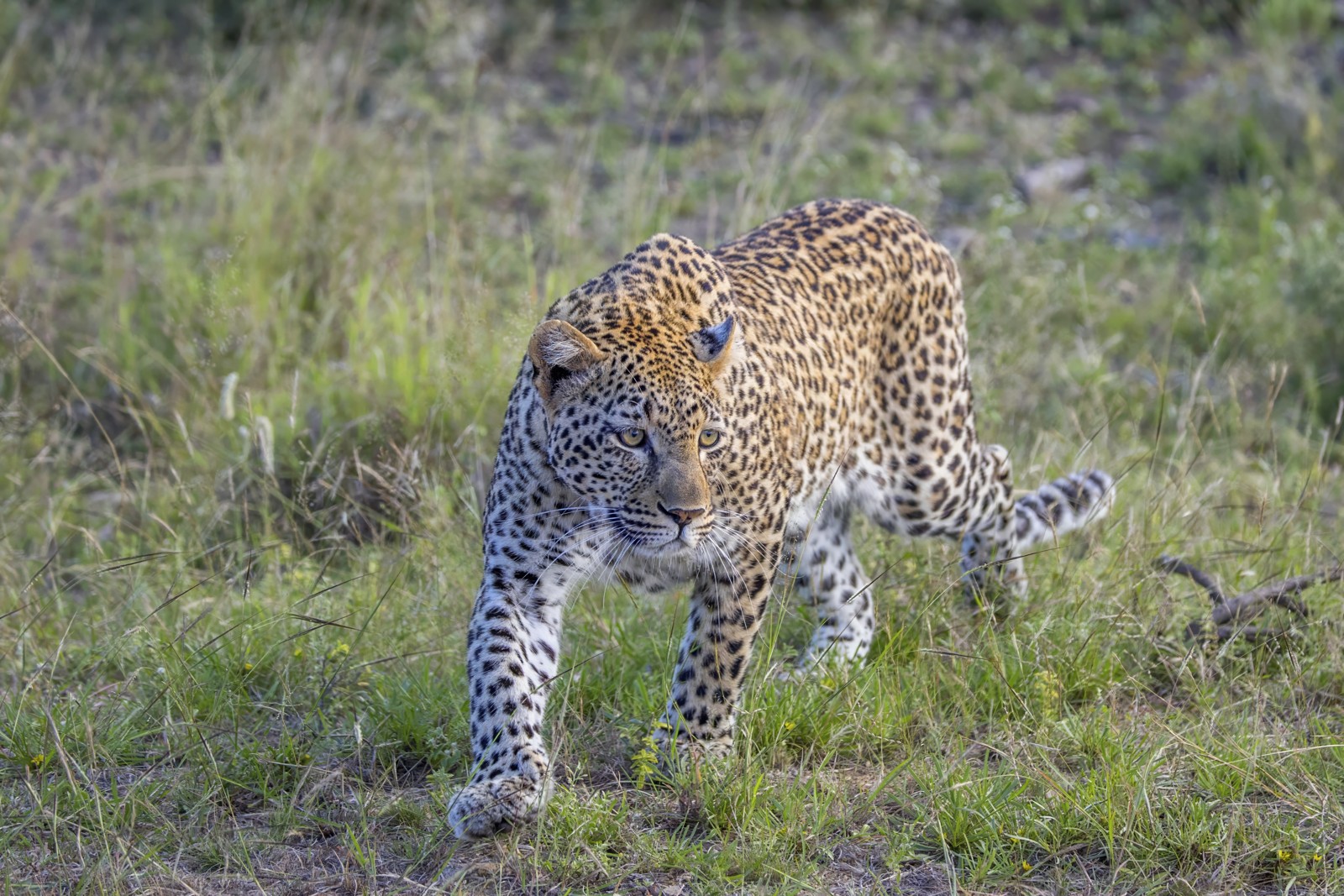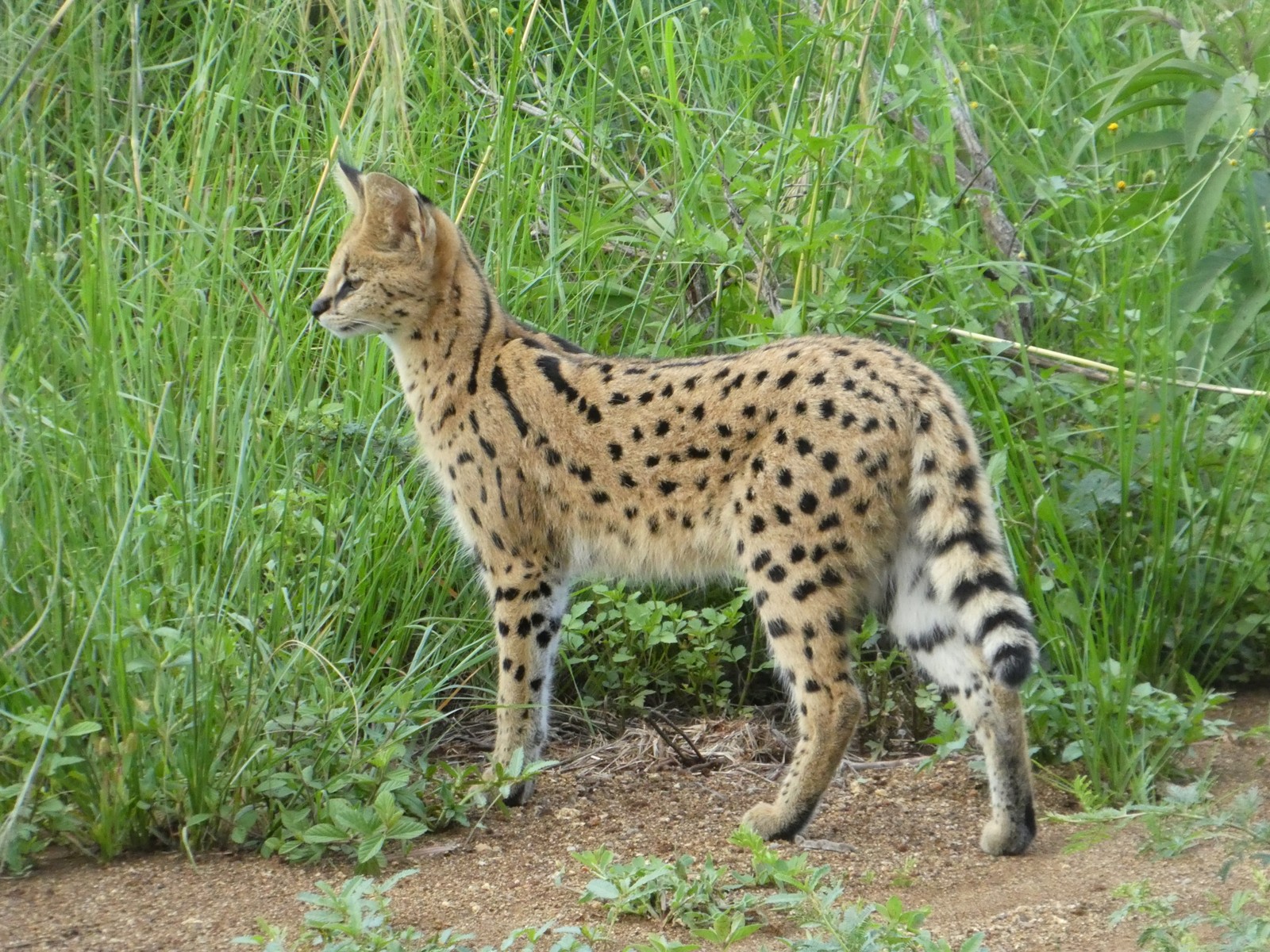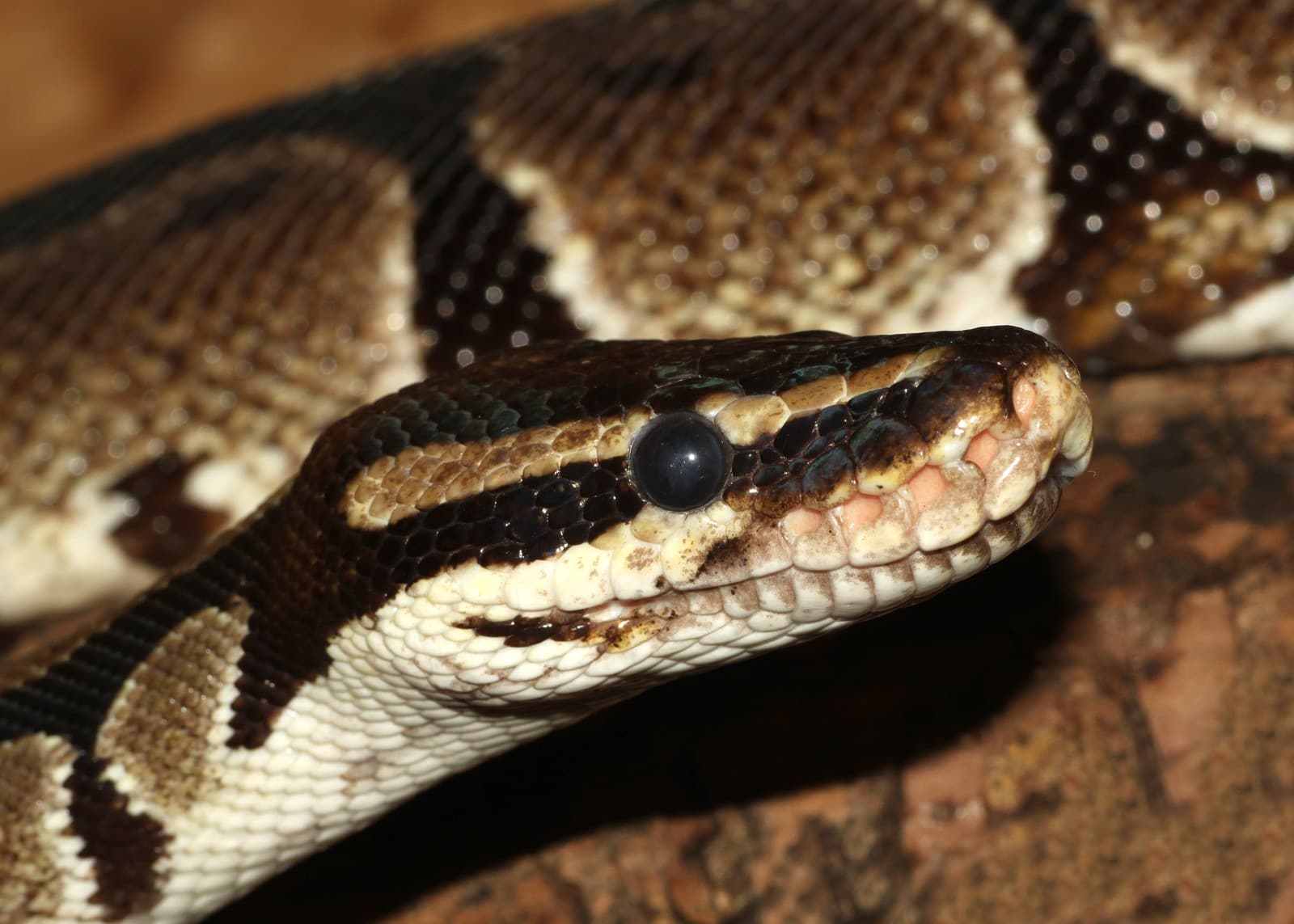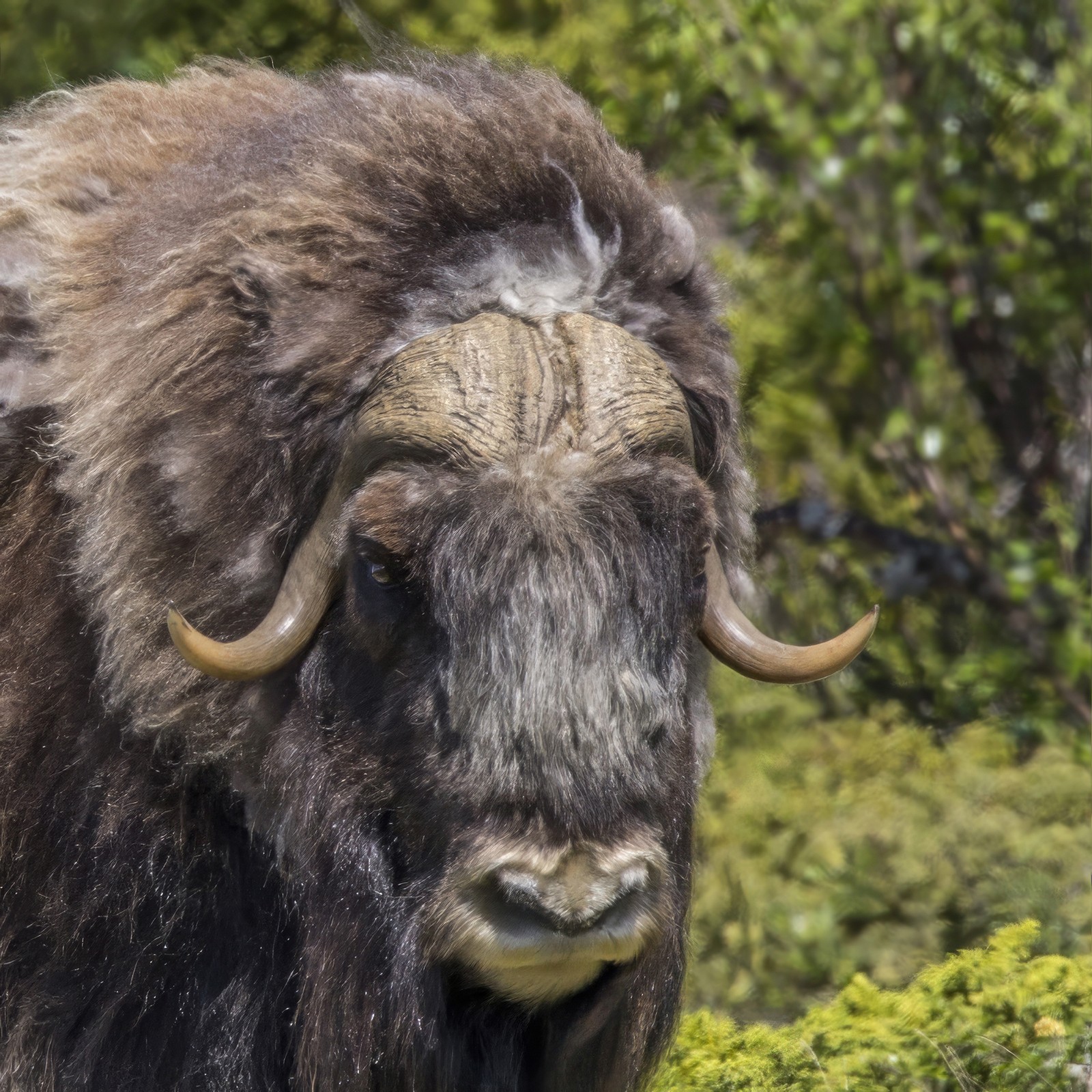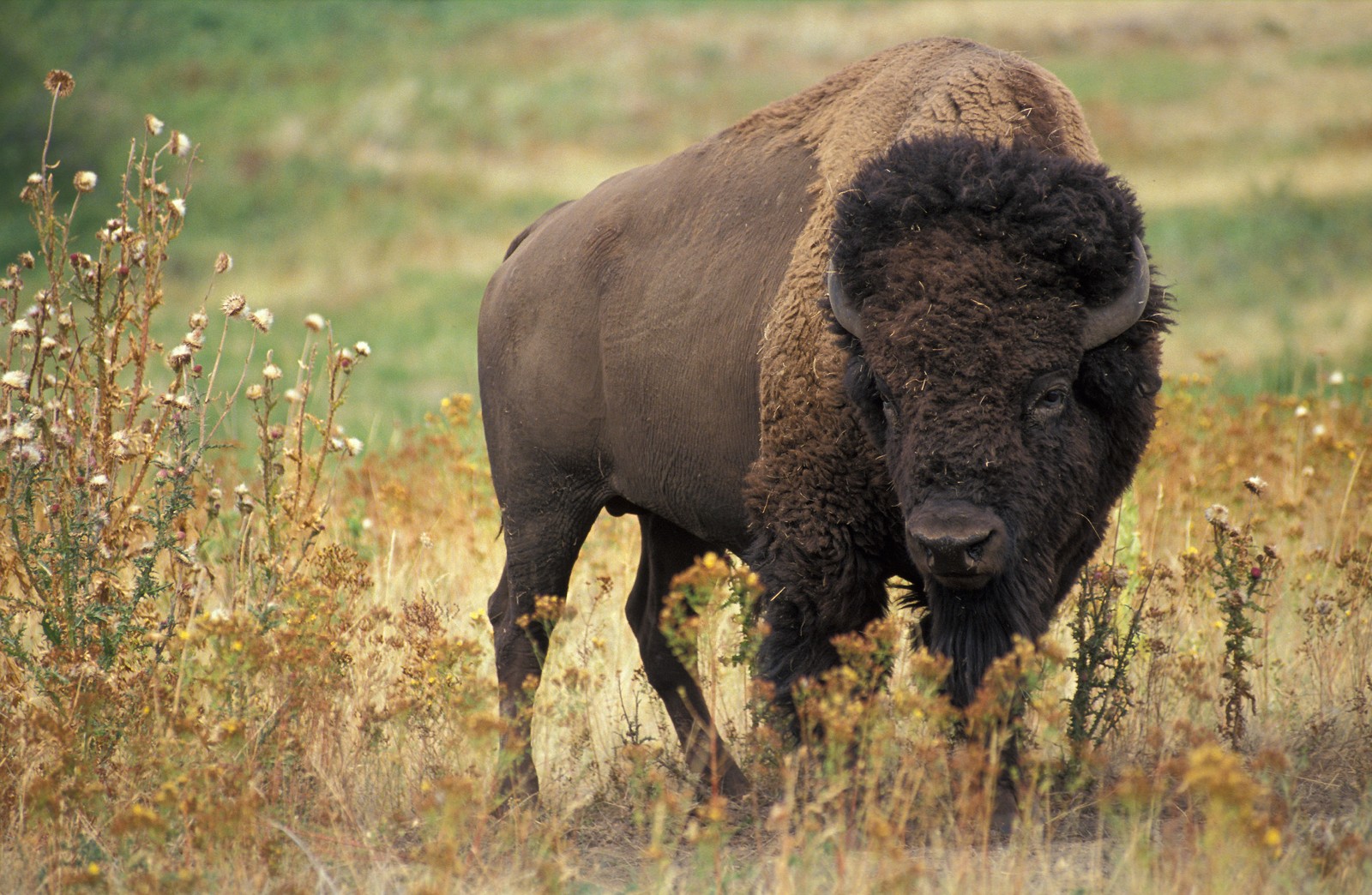Weasel vs Stoat: A Complete Comparison
When comparing weasel vs stoat, size offers the most reliable distinguishing feature. Stoats (Mustela erminea) measure 20-30 cm in length, while common weasels (Mustela nivalis) reach just 17-25 cm. Beyond size, the stoat’s distinctive black-tipped tail serves as a key identifier, measuring 6-12 cm compared to the weasel’s shorter 3-6 cm tail without the black tip.
These agile mustelids share remarkable hunting prowess, with both capable of taking down prey larger than themselves. However, their hunting strategies and preferred prey sizes differ significantly, reflecting their evolutionary adaptations to different ecological niches.

© Keven Law / CC BY-SA 2.0
The common weasel exhibits its characteristic vigilant posture, demonstrating the compact, muscular build that makes these predators so effective at pursuing prey through tight spaces and burrows.
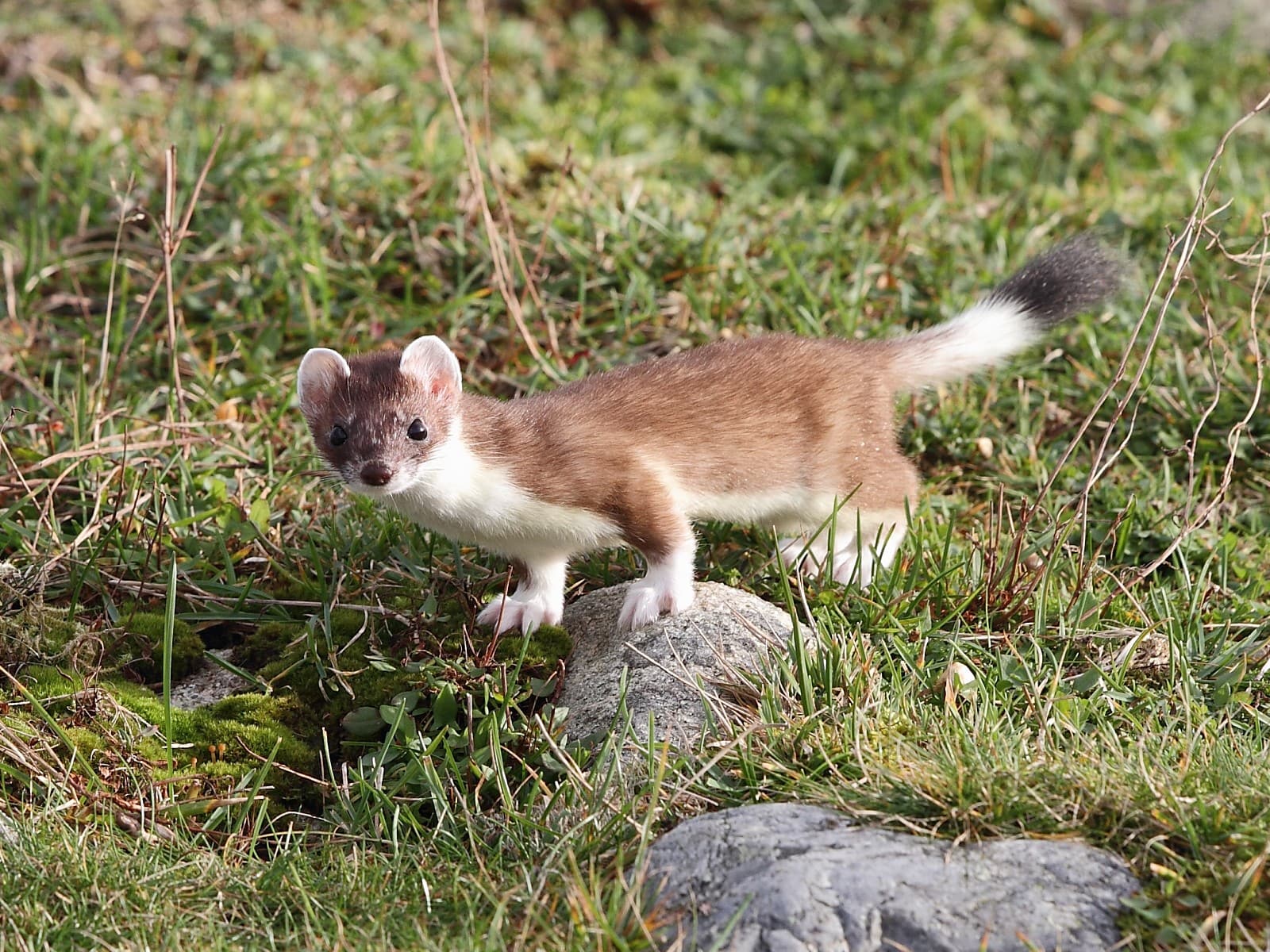
© Marton Berntsen, crop by User:MPF / CC BY-SA 4.0
A stoat displays its distinctive black-tipped tail and larger size compared to the weasel. Note the longer body length and more pronounced facial features typical of stoats.
Key Differences: Weasel vs Stoat
| Feature | Weasel | Stoat |
|---|---|---|
| Size | 17-25 cm (6.7-9.8 in) | 20-30 cm (7.9-11.8 in) |
| Tail | 3-6 cm (1.2-2.4 in), no black tip | 6-12 cm (2.4-4.7 in), black-tipped |
| Weight | 36-250 g (1.3-8.8 oz) | 90-445 g (3.2-15.7 oz) |
| Winter Coat | Remains brown | Changes to white (ermine) |
| Prey Size | Primarily mice and voles | Rabbits and larger rodents |
| Hunting Range | 1-2 hectares | 4-120 hectares |
Habitat and Distribution
While both species show remarkable adaptability, stoats typically occupy larger territories and demonstrate greater versatility in habitat selection. Weasels prefer lowland areas with good ground cover, while stoats successfully hunt across diverse landscapes from sea level to alpine regions.
Hunting Behavior
Stoats and weasels employ different hunting strategies based on their size differences. Weasels specialize in pursuing small rodents through narrow tunnels, while stoats commonly tackle larger prey including rabbits and water voles. Both species exhibit remarkable speed and agility, capable of performing complex maneuvers during pursuit.
Seasonal Changes
One of the most striking differences between weasel vs stoat appears during winter. Stoats undergo a complete color transformation, changing to pure white (known as ermine) in snowy regions, while maintaining their black-tipped tail. Weasels, however, typically retain their brown coloration year-round, with only northern populations showing partial winter whitening.
Who Would Win in a Confrontation?
While direct confrontations rarely occur due to different habitat preferences, stoats hold several advantages in theoretical encounters. Their larger size (up to 445g vs 250g for weasels) and more extensive hunting experience with larger prey give them a significant edge. However, both species typically avoid territorial conflicts through scent marking and temporal separation of hunting grounds.
Conservation Status
Both species face similar conservation challenges, primarily habitat fragmentation and secondary poisoning from rodenticides. However, weasels show greater vulnerability to local extinctions due to their smaller home ranges and more specialized prey requirements. Stoats demonstrate higher adaptability to environmental changes, though both species benefit from maintained hedgerows and traditional farming practices.
Identification Tips for Observers
To distinguish between these mustelids in the field, focus on these key features:
- Tail length and black tip presence (stoat) or absence (weasel)
- Overall body size, with stoats appearing noticeably larger
- Movement patterns: weasels typically stay closer to cover
- Seasonal coat changes in winter environments
- Habitat context and elevation
Understanding these differences helps wildlife enthusiasts and researchers accurately identify and monitor these fascinating predators in their natural habitats.



